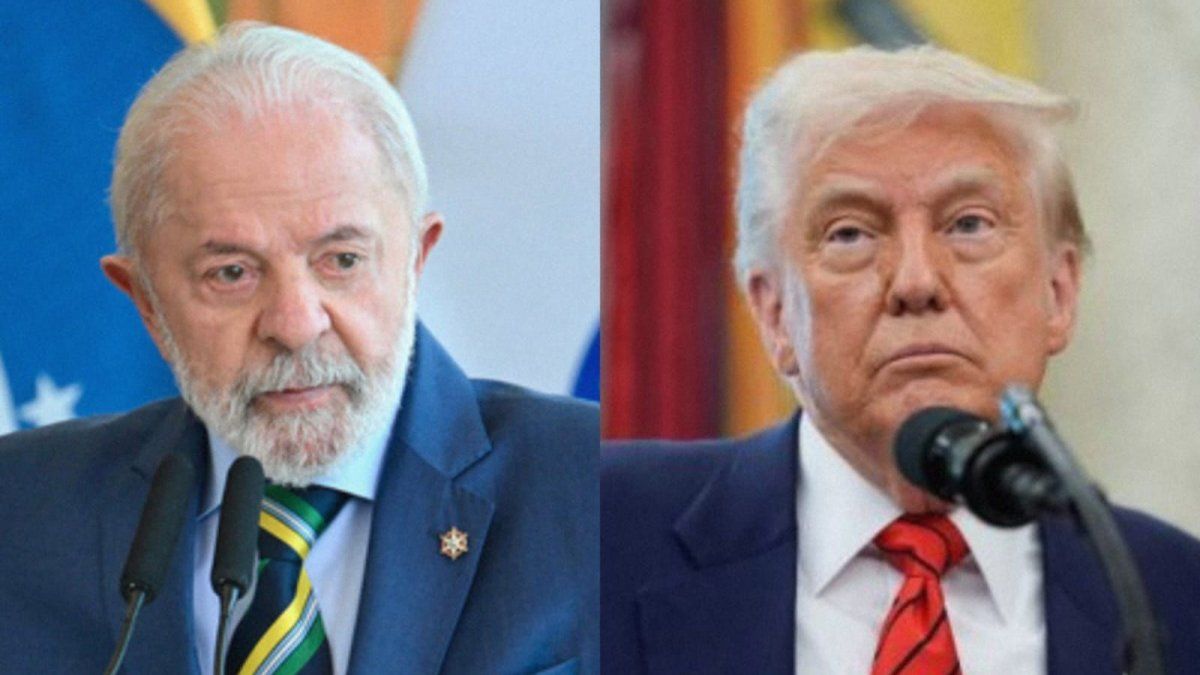At a meeting of the Prime Ministers of the federal states with the federal government, an agreement was reached yesterday evening on the introduction of partial compulsory vaccination.
According to this, all employees in hospitals and facilities for integration assistance as well as in old people’s and nursing homes and mobile care services should be obliged to be vaccinated against the virus. “The federal states are asking the federal government to implement this as quickly as possible,” the round said.
The Prime Minister’s Conference met in a video conference with the Executive Chancellor Angela Merkel (CDU) and her likely successor Olaf Scholz (SPD). At the same time, new limit values for restrictions were set. The decisive factor is therefore the incidence of hospitalization. The rate results from the number of hospital admissions per 100,000 inhabitants within seven days. If the limit value 3 is exceeded, 2G applies across the board in a federal state; if the value is over 6, 2G + applies (only tested vaccinated and convalescent people).
A state opening clause gives individual federal states the tools they need for possible shutdowns: If the incidence rises above 9, the state parliaments may “make consistent use of the further possibilities of the Infection Protection Act”.
Bundestag for traffic light plans
Previously, the Bundestag had decided on the new Corona regulations planned by the SPD, Greens and FDP with 3G requirements, for example at the workplace and in transport. The traffic light plans are also intended to create a different legal basis for requirements if the epidemic situation previously determined by the Bundestag expires on November 25th. The SPD, Greens and FDP have decided against extending it again in parliament.
This state of emergency has so far given the governments of the federal states the opportunity to take far-reaching corona measures by simple ordinance – from exit restrictions and event bans to restaurant, business or school closings.
Such measures should no longer be possible – with a few exceptions such as bans or restrictions in the leisure, cultural or sports sector. This would have to be decided by the state parliaments. The Union-led countries threaten to blockade in the Federal Council if they are no longer given the option of restrictions and closings.
“Never before as worried as now”
The head of the Robert Koch Institute (RKI), Lothar Wieler, had already described the situation on Wednesday evening as gloomy as never before. Behind the more than 65,000 new infections per day “there are at least twice or three times as many”. Converted to the population, these values would be just as dramatic as those in Austria. “We are in a serious emergency. We will really have a very bad Christmas if we don’t take countermeasures now,” said Wieler. Hundreds of deaths can soon be expected every day.

The situation in the hospitals is also getting worse. “We have never been as worried as we are now.” The number of seriously ill Covid patients is increasing, and people with a stroke and other seriously ill people have to search for a free intensive care bed for up to two hours in some places. The supply is already “in all federal states no longer according to the rule”.
Isreal
Israel successfully broke the fourth corona wave – with the rapid roll-out of the third vaccination (booster). The Middle East country was the first country in the world to start booster vaccinations in July – with success, as now shows: In September there were up to 11,000 new infections every day (with a good 9.2 million inhabitants). Now there are fewer than 500 a day. “The booster saved Israel,” said epidemiologist Gabriel Barbash recently to “Deutsche Welle”.


The restrictions for unvaccinated people also contributed to the success: In Israel, only those who have had the third sting or whose second vaccination was less than six months ago are now considered fully vaccinated. All others are denied access to restaurants, cinemas, museums or fitness studios.
In order to further increase the already high vaccination rate in the country, children between the ages of five and eleven have also been vaccinated for a few days.
Sweden
Sweden has been following a separate path since the beginning of the pandemic – without a lockdown. There was never a general mask requirement either. In addition, the stricter measures that were temporarily in force were lifted at the beginning of September. The number of new infections has since been at a low level. The 7-day incidence based on new infections per 100,000 population was last at 83.


According to the red-green government, the main reason for this is the comparatively high vaccination rate, especially among older citizens. For those over 60, the value is just over 91 percent.
There are other factors that have contributed to the current low number of cases. In the Scandinavian Kingdom there were recommendations instead of bans from the start. In contrast to other countries, the population apparently takes the issue of personal responsibility very seriously. The low population density could also have a dampening effect.
Spain
The number of new infections has been increasing in Spain for a few days – slowly and at a much lower level than in Austria. The seven-day incidence is currently 89.
The main reason for the good development is the high vaccination rate. Already 80.2 percent of the total population are considered to be fully immunized, with those over 12 years of age the rate is well over 90 percent. And it has long been boosted without any major debates.


In Spain, vaccination has always been the decisive weapon against the corona epidemic. And after massive overload of the intensive care units in the first wave, a high death rate and months of total lockdown, people may have longed for such a weapon in particular. And so there is almost no vaccine skepticism, no vaccination fatigue, no “lateral thinker” scene. One of the very few demonstrations in connection with the vaccination campaign only gathered around 250 people in Madrid.
Italy
Compared to most other European countries, Italy has more vaccinated people, fewer corona infected people and fewer seriously ill people. The seven-day incidence is currently 134, as low as otherwise only in Malta, Spain and Sweden. With a vaccination rate of 73 percent, Italy is also among the top four in the EU.


The campaign organizer is Francesco Figliuolo. The government’s 60-year-old Covid special commissioner is a general in the army and has worked as a logistics specialist in Afghanistan and Kosovo, among other places. When he came into office nine months ago, he had turned the entire organization inside out and set up a campaign that was largely controlled centrally from Rome – despite the regions being responsible for health care.
The third vaccination doses have been administered between Bolzano and Palermo since mid-September, as before in the Italian vaccination campaign, strictly staggered according to risk and age groups.
China
China recently announced 32 new corona cases – with a population of 1.4 billion. While Europe, especially Austria, is fighting against the most violent wave of the pandemic to date, it seems to have been defeated in the People’s Republic.
Since the pandemic began in Wuhan almost two years ago, China has officially counted fewer than 100,000 infections, with the last death occurring in January. Nevertheless, the authorities are concerned about every small outbreak – especially with a view to the Olympic Games in Beijing in February.


And the price for the low infection rates is high, and there is growing displeasure among the population. The people in the city of Ruili on the border with Myanmar are particularly suffering from the measures. Smugglers and refugees bring the virus there again and again. If there is the slightest suspicion of infection, the city is cordoned off and all 210,000 residents are tested. A toddler there has already had to endure 70 tests, reports the local newspaper.
Source From: Nachrichten




